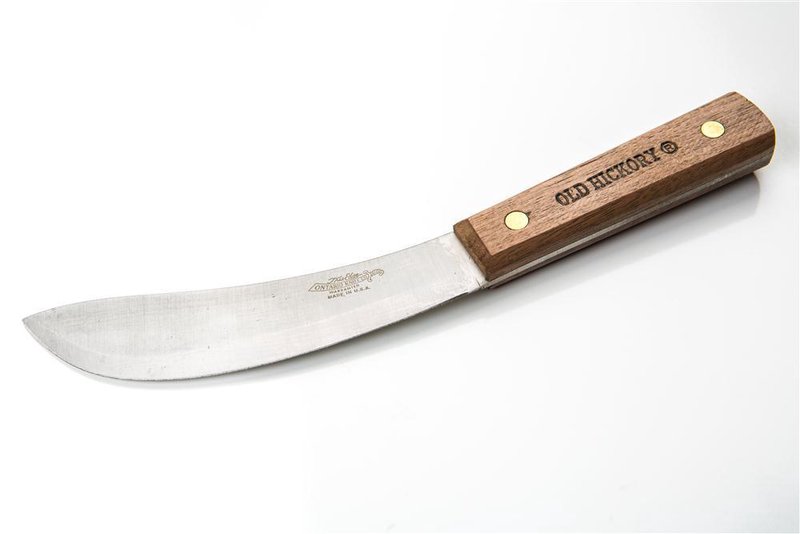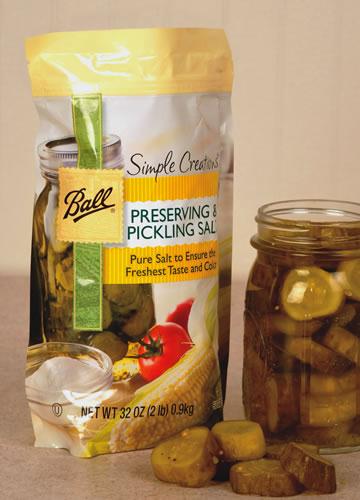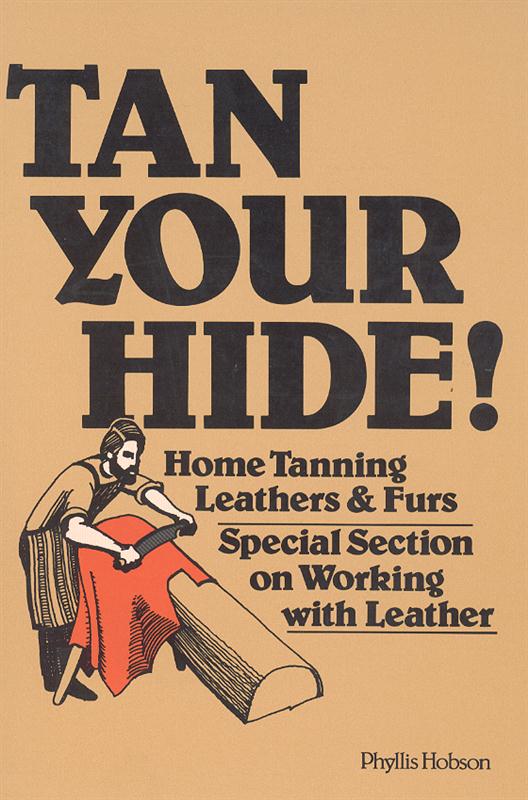
In this article, the author discusses how she’s using the skins of the rabbits she butchers for meat. This article may not be appropriate for all readers.
My adventures in livestock this past season means that I have four sheep hides and four rabbit hides in my basement, waiting for their opportunity to be put to use. I have tanned two rabbit hides so far, with varying success, but I thought I’d add to the many voices online that explain the hide-preserving process.
There are several methods of tanning hides—you can use bark from trees, high in tannins; you can use acid to pickle the hide; or you can use a “brain-tanning” method, which is what I have been doing. The key in the whole process is to take the skin of the animal, which is perishable and will rot, and preserve it by keeping bacteria away and keeping it soft and supple.
Step by Step Guide for How to Tan a Hide:

- Get the hide off of the animal. If you skin the animal while it is still warm, you should be able to remove the skin with your hands—it is attached only by a thin nearly-liquid membrane called the fascia.
- Spread out the skin and flesh it. If you’ve removed the skin using hand power rather than knife power, you’ll have very little flesh left on the skin—mostly just a layer of membrane. When I do a rabbit hide, I spend about half an hour going over the hide with a spoon and making sure any membrane I can get off is off. That helps in the future suppleness of the hide, since membrane left on the hide can harden to a bit of a crust.
- Salt the hide. This is an important step, and one I didn’t take seriously at first, for preventing bacterial growth. I lay out the fur, flesh side up and fur side down, and spread non-iodized salt liberally over the whole thing, making sure every bit of the flesh side is covered. The salt will draw out moisture and make the environment inhospitable to the kinds of organisms that would want to eat the hide. (Salt can be re-used, too.)
- Let the hide dry for at least a couple days. A rabbit hide should end up dry enough to stay flat when you pick it up. However, a salted hide can stay that way for months and months—it will be preserved and nothing will eat it as long as it stays dry. It just won’t be nice supple leather until the following steps.
- Scrape off the salt and soak the hide in fresh, warmish water. Don’t remove the hide from the water until it is soft everywhere.
-

Tan any home-raised animal hide! Available at Lehman’s in Kidron, Ohio Squeeze the water out of the hide and stretch it in every direction. The skin is made up of overlapping and intertwining fibers that go every direction, so in order to have a supple finished product, we need to make sure that the hide gets stretched in every direction.
- Mix a solution of egg yolks and water. For a rabbit fur, I use one egg yolk and about a half cup of water.
- Rub the egg yolk solution into the softened hide. The oil from the egg yolks is going to keep the hide soft, when it coats all the fibers in the skin. The water is just the vehicle for getting it to penetrate the skin.
- Work the hide—that is, stretch it in all directions—until it dries. You’ll start by squeezing any excess egg solution out, and then you’ll stretch it, bit by bit, with your hands. Rabbit skin is very thin, and it’s easy to tear holes in it. It’s not the end of the world—your first tanning is always an experiment. The hide is dry when it is no longer cool to the touch—it’ll take several hours, and is more quickly done close to a heat source. If you stop stretching the hide before it is completely dry, it will end up hard and not supple.
- Re-egg as necessary! The great thing about tanning is that it’s fairly forgiving. If your end product is hard, just do it again and incorporate what you’ve learned into the second time around.
- Smoke the hide. Once it is soft and supple, your hide is finished but not weatherproof. Smoking it creates a chemical reaction that will preserve it much better in the long run. You can smoke the hide over a smoky fire with a skirt around it. (Disclaimer: I haven’t done this part yet. I’m waiting for spring and a big batch of hides to smoke them all at once!)
So there’s hide tanning! In my experience, you can read about it all you want online, but in the end it makes the most sense to just try one. Once you’ve tried, you will understand the textures that have been described, and the pitfalls. Jobs that involve hand work are best learned by hand work. And when I have access to hides and a willingness to learn a new craft, there’s no excuse not to do it!






























